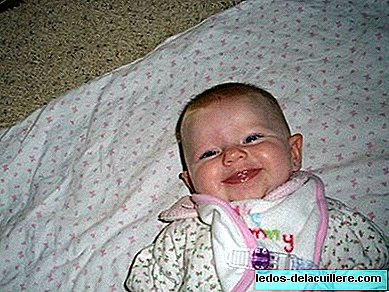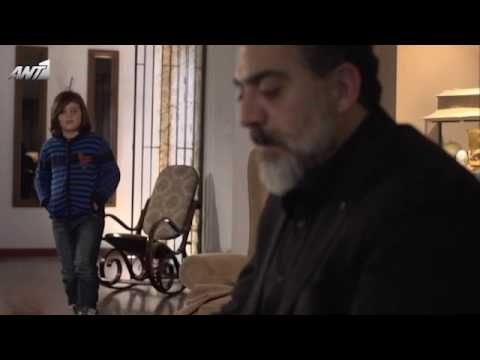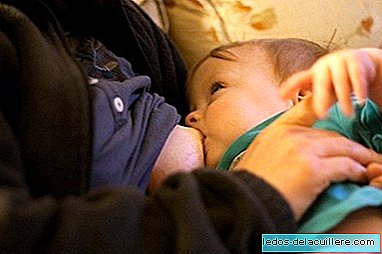
We return to our review of the most common problems in speech therapy in preschool. And today it's the turn of dysarthria
We must remember that speech difficulties affect the motor control of the organs involved in this process. Occasionally, cases of dysglossia may occur.
However, in most cases it is more frequent to find problems in the execution of motor plans or in the planning and preparation of movements, in which we will talk about dysarthria and dyspraxia respectively.
Dysarthria is the disorder of verbal expression due to an alteration in the muscle control of speech mechanisms, including breathing, phonation, resonance, joint and prosody (intonation).
The act of speech, remember, is a coordinated sequence of various parts of our body, such as the larynx, tongue, lips ... And these structures are innervated by different important nerves in our body.
When talking, the air must be expelled in regular sequences and with sufficient time, so that they allow the broadcast of the message we want to convey. The activity of the muscles involved in speech are responsible for regulating the current of air that is exhaled and thus emit different sounds.
The production of these sounds is the mission of the larynx; likewise, the tone of the voice depends on how tense the vocal cords are. When vibrating, the sounds are modified by passing through the pharynx, nose and mouth, acting as resonators.
On the other hand, the joint consists of contractions of different organs of the human body, which interrupt and alter the sounds.
Dysarthria is considered a disorder of both voluntary and involuntary movement. Any oral movement is affected and the symptoms present during the conversation also appear in those more automatic emissions (counting, reciting ...)
In next installments, we will talk about the different types of dysarthria, just like him type of treatment that is held.












